Aye-Aye Lemur
- January 19, 2024
- 0 comment
The aye-aye, a captivating and enigmatic lemur species native to Madagascar, is a creature that has captured the curiosity of both scientists and nature enthusiasts worldwide. It possesses a distinctive and rather peculiar appearance, with shaggy black fur, large round eyes, and prominent ears. However, what truly sets the aye-aye apart is its elongated, bony middle finger, often likened to a “witch’s finger.” This unique adaptation serves a specific purpose in the lemur’s quest for survival. Aye-ayes are primarily nocturnal, venturing out under the cover of darkness to forage for their preferred prey, wood-boring beetle larvae.
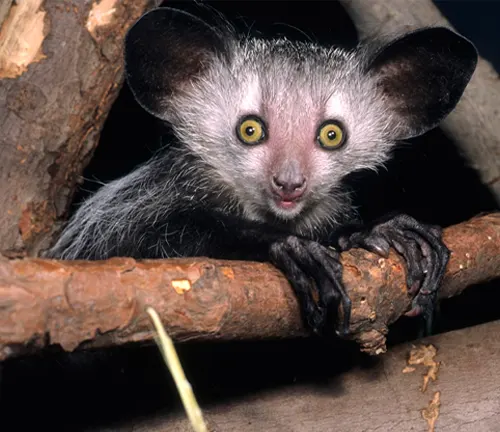
Their incredible foraging behavior involves using their elongated finger to tap on tree trunks, detecting insects by the vibrations, and then skillfully extracting them from beneath the bark. These lemurs are solitary creatures, with limited social interactions, and their enigmatic nature extends to the superstitions surrounding them in some Malagasy cultures. Unfortunately, these superstitions, along with habitat destruction and hunting, have led to their classification as an endangered species. However, there is hope for the aye-aye’s future, with ongoing conservation efforts and increased awareness aimed at preserving this extraordinary lemur in its natural habitat.
| Specification | Details |
|---|---|
| Scientific Name | Daubentonia madagascariensis |
| Family | Daubentoniidae |
| Habitat | Madagascar’s tropical rainforests |
| Distribution | Eastern coast of Madagascar |
| Size | Approximately 14-17 inches (head-body) |
| Weight | Around 2-4 pounds |
| Fur Color | Shaggy black fur |
| Eye Color | Large, round eyes with yellow irises |
| Ears | Prominent, mobile ears |
| Middle Finger | Elongated, bony, specialized foraging tool |
| Nocturnal Activity | Primarily active at night |
| Diet | Mainly insects, especially beetle larvae |
| Reproduction | Gestation period of about 170 days |
| Lifespan | Up to 20 years in the wild |
| Social Behavior | Solitary, limited social interactions |
| Communication | Vocalizations and body language |
| Conservation Status | Endangered (IUCN Red List) |
| Cultural Significance | Subject to superstition in some cultures |
| Role in Ecosystem | Seed dispersal, insect control |

Welcome to the mysterious and fascinating world of the Aye-aye, a unique creature that roams the night in the forests of Madagascar. This nocturnal primate, with its eerie appearance and peculiar habits, has intrigued scientists and nature enthusiasts alike. Classified scientifically as Daubentonia madagascariensis, the Aye-aye is a lemur but stands out from its relatives with some distinctive features.
Physical Characteristics
The aye-aye, a peculiar lemur species native to Madagascar, is instantly recognizable due to its distinct physical characteristics. These include its shaggy black fur, large round eyes, and prominent ears. However, what truly sets the aye-aye apart is its elongated, bony middle finger, often referred to as a “witch’s finger.”
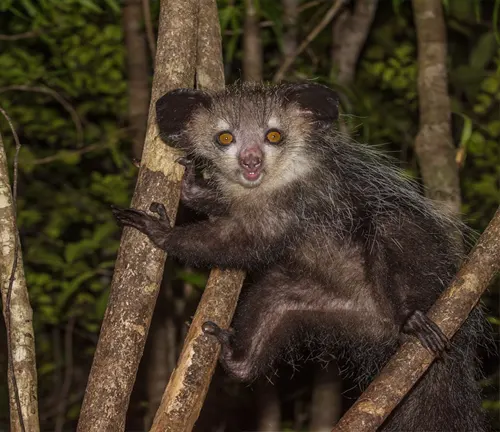
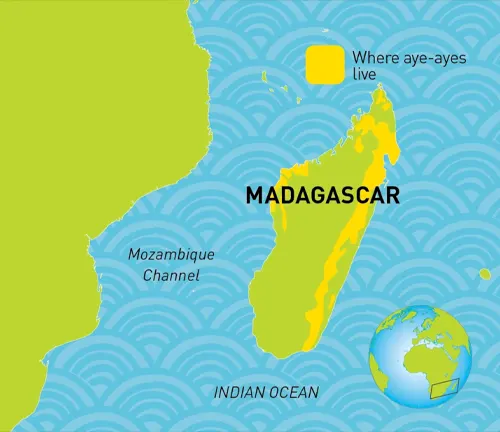
Habitat and Distribution
Aye-ayes are endemic to Madagascar, inhabiting the dense tropical rainforests and deciduous forests of the island. Their distribution is primarily limited to the eastern coast of Madagascar, where they lead an arboreal lifestyle, spending most of their time in the treetops.
Diet and Foraging Behavior
The aye-aye’s dietary preferences are highly specialized, mainly consisting of insects, with a particular fondness for wood-boring beetle larvae. Their foraging behavior is fascinating, as they use their elongated finger to tap on tree trunks, creating vibrations to detect insects hiding beneath the bark. Once located, they skillfully extract their prey using their unique finger.
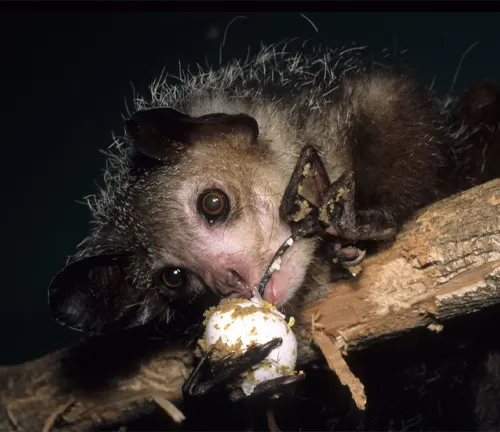

Reproduction and Lifecycle
Aye-ayes have a relatively slow reproductive rate. They give birth to a single offspring after a gestation period of about 170 days. The young aye-aye remains dependent on its mother for an extended period, and the species exhibits a slow maturation process.
Social Behavior and Communication
Aye-ayes are solitary creatures, and unlike many other primates, they do not live in social groups. They communicate primarily through vocalizations and body language, although their solitary nature limits their need for complex social interactions.
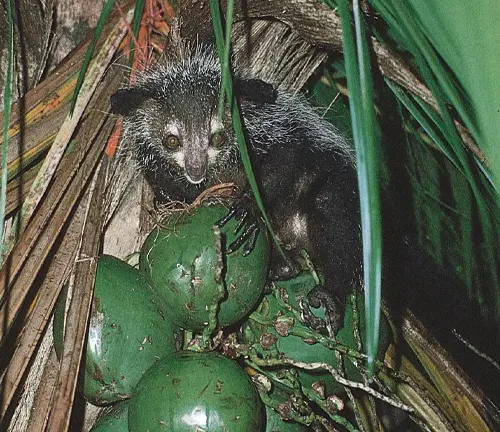
Conservation Status
The aye-aye is currently classified as an endangered species by the International Union for Conservation of Nature (IUCN). Habitat destruction, hunting, and superstitious beliefs have contributed to their population decline.
Role in the Ecosystem
Understanding the ecological role of aye-ayes is essential for preserving the delicate balance of Madagascar’s ecosystems. These lemurs play a unique role in seed dispersal and insect control.
Different Species

The Aye-Aye (Daubentonia madagascariensis) is a unique and distinctive primate species native to Madagascar. There is only one recognized species of Aye-Aye, which is Daubentonia madagascariensis.
Frequently Asked Questions (FAQs)
- What is an Aye-Aye, and where is it found?
An Aye-Aye is a unique and rare primate species native to Madagascar. It is characterized by its shaggy black fur, large eyes, prominent ears, and an elongated, bony middle finger. Aye-Ayes are primarily found on the eastern coast of Madagascar, inhabiting tropical rainforests and deciduous forests. - Why is the Aye-Aye’s middle finger so long and bony?
The Aye-Aye’s middle finger is elongated and bony because it serves as a specialized tool for foraging. This finger is used to tap on tree trunks, creating vibrations that help the Aye-Aye locate insects hiding beneath the bark. - How does the Aye-Aye use its unique finger to find food?
Aye-Ayes use their elongated middle finger to tap on tree trunks. When they detect vibrations produced by insects beneath the bark, they use their finger to pierce the wood and extract the insects, making them highly skilled foragers. - Are Aye-Ayes endangered, and why?
Yes, Aye-Ayes are classified as endangered by the International Union for Conservation of Nature (IUCN). They face multiple threats, including habitat destruction, hunting, and superstitions in some local cultures that consider them as harbingers of bad luck. - What is the Aye-Aye’s habitat like?
Aye-Ayes inhabit Madagascar’s lush tropical rainforests and deciduous forests. These environments provide them with the trees they need for shelter and the insects they feed on. - Are Aye-Ayes social animals, or do they live alone?
Aye-Ayes are solitary creatures and typically live alone. They have limited social interactions, primarily coming together for mating purposes. - How do Aye-Ayes communicate with each other?
Aye-Ayes communicate through vocalizations, such as clicks and squeaks, as well as body language. However, due to their solitary nature, their communication is not as complex as that of some other primates. - What is the reproductive behavior of Aye-Ayes?
Aye-Ayes have a relatively slow reproductive rate. They give birth to a single offspring after a gestation period of about 170 days. The young Aye-Aye remains dependent on its mother for an extended period. - Are Aye-Ayes related to other lemurs or primates?
Aye-Ayes belong to the family Daubentoniidae and are the only surviving species in their genus, Daubentonia. While they are part of the lemur clade, they are not closely related to other lemurs. - What role do Aye-Ayes play in the ecosystem?
Aye-Ayes play a crucial role in the ecosystem by assisting in seed dispersal through their feeding habits. They also help control insect populations by feeding on wood-boring beetle larvae. - Can Aye-Ayes be kept as pets?
No, Aye-Ayes should not be kept as pets. They are a protected and endangered species, and owning them as pets is illegal in most places. - Are there any cultural beliefs or superstitions associated with Aye-Ayes?
Yes, in some local cultures in Madagascar, Aye-Ayes are considered bad omens and harbingers of bad luck. This superstition has contributed to their persecution and endangerment. - How do researchers study Aye-Ayes in the wild?
Researchers study Aye-Ayes using a variety of methods, including camera traps, radio tracking, and direct observation. They often work diligently to overcome the challenges posed by the Aye-Aye’s nocturnal and solitary behavior. - What are the current conservation efforts to protect Aye-Ayes?
Conservation efforts for Aye-Ayes include the establishment of protected areas, habitat preservation, educational programs to dispel myths, and efforts to reduce hunting and persecution. - Can I visit Madagascar to see Aye-Ayes in their natural habitat?
Yes, Madagascar offers opportunities for eco-tourism, and some guided tours provide the chance to see Aye-Ayes in their natural habitat. However, it’s essential to choose responsible and sustainable tour operators to minimize disturbance to the animals and their environment.









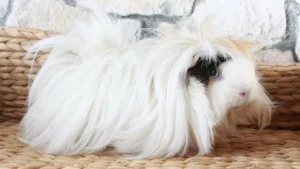

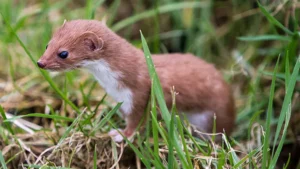


Leave your comment